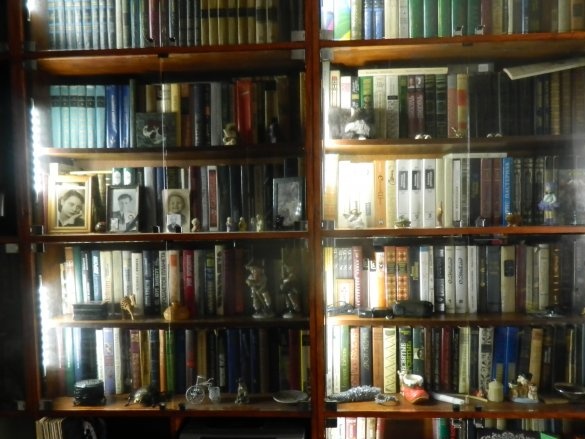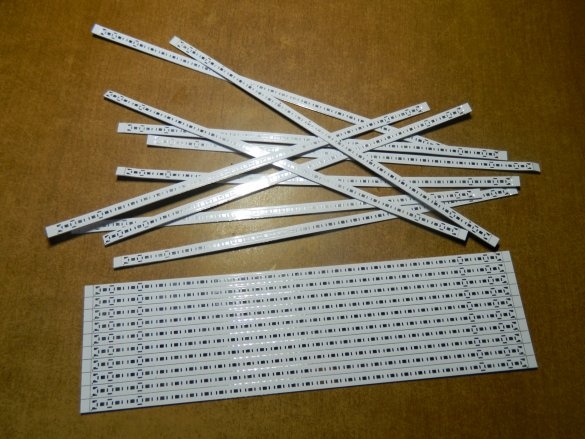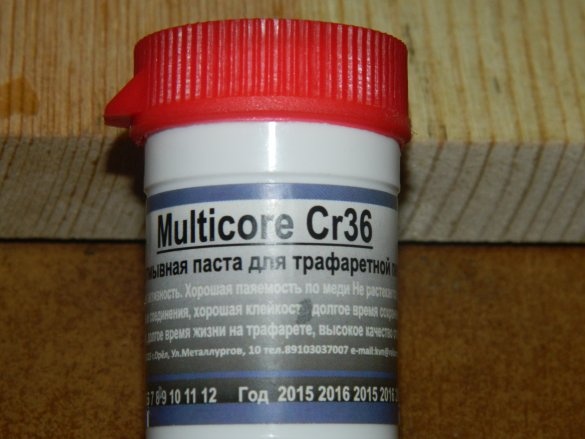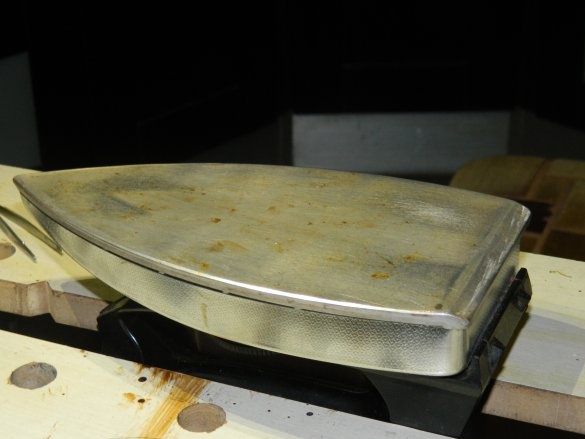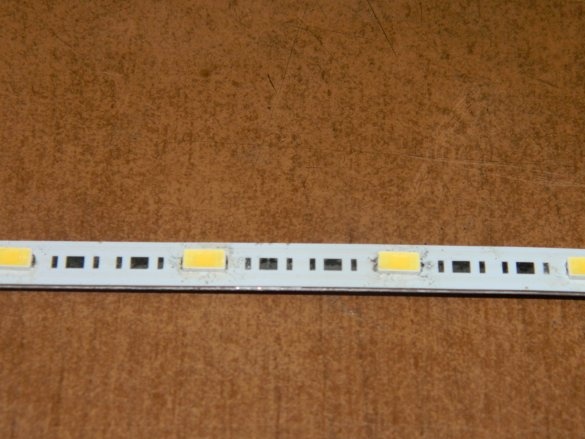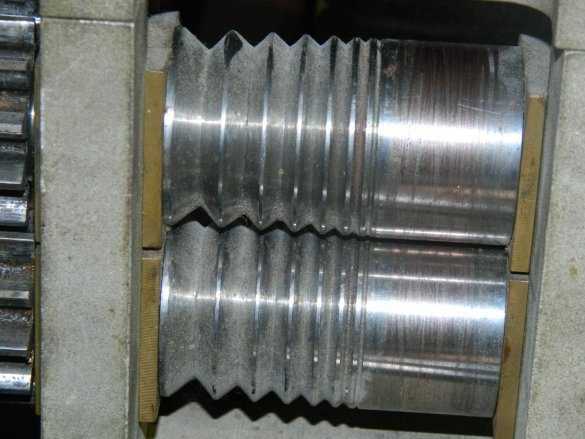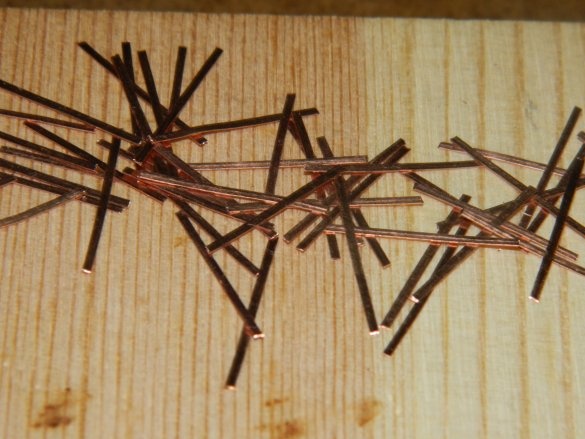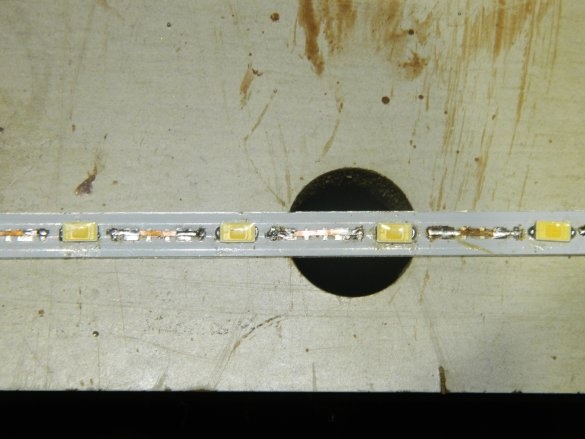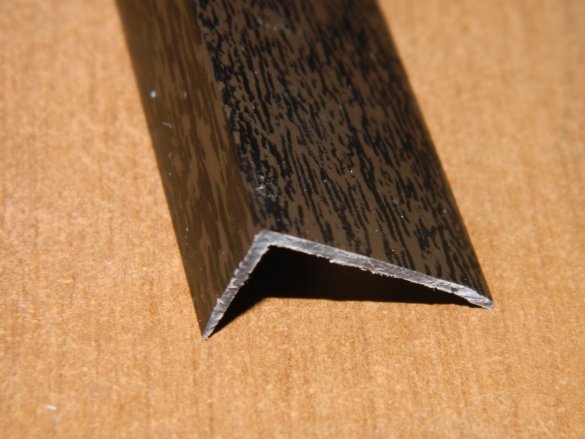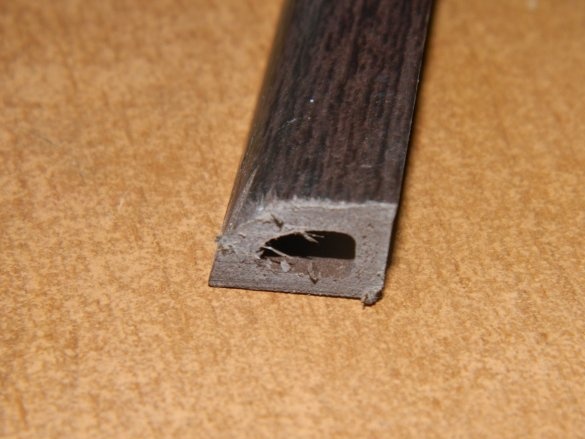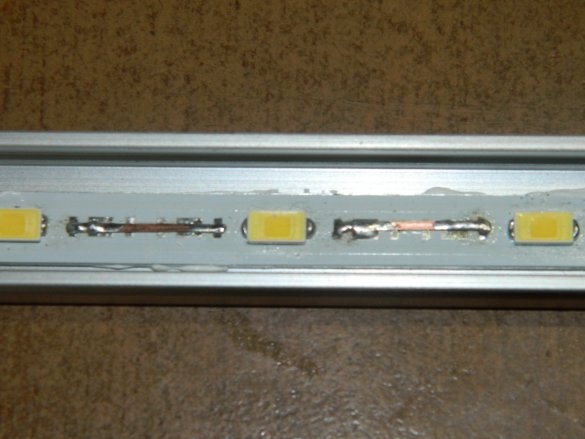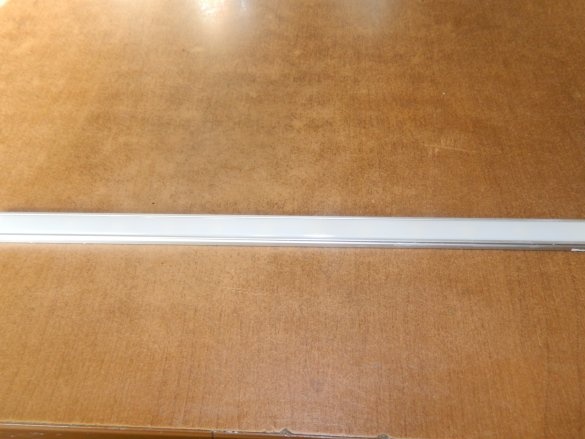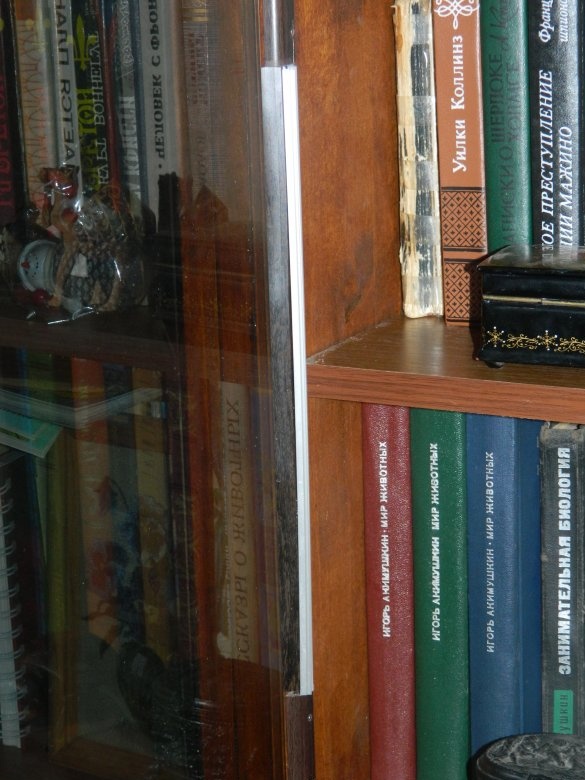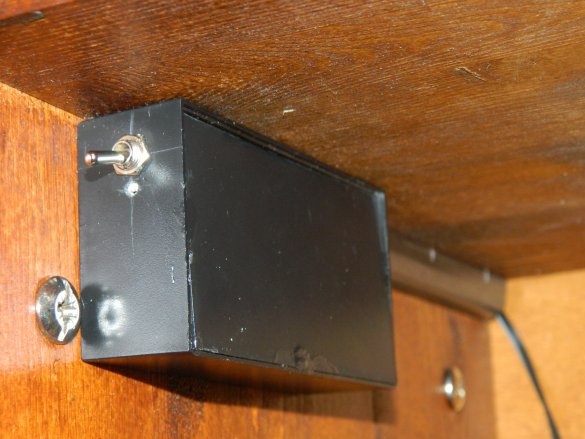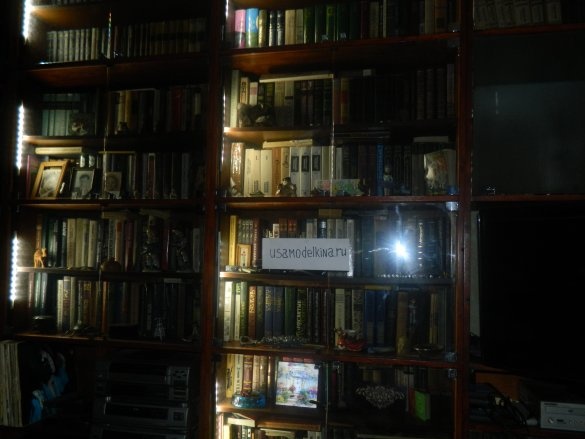Well, you won’t get up and go to the chandelier switch to find the right book on the shelf. Therefore, I decided to make LED (as the most economical) backlight.
What was available for this: Chip LEDs like FM-5630WNS-0.5 with T = 4600 K (bought on eBay at 40 kopecks / pc.), A bunch of different screws and bought on sale (5 rubles!) Aluminum boards (5 rubles per piece) for 30 LEDs with dimensions of 275x10x10 mm.
I had to go to “CHIP and DIP” and buy solder paste and at the same time also the heat-conducting adhesive “Radial”, because these boards did not have holes for fastening.
This was my first experience of soldering on an iron, as on a thermostat (I went over several pieces until I picked up the temperature, then things got better). Yes, and even the iron strove to fall off the workbench (in the future, something needs to be figured out how to fix the iron).
30 pieces of LEDs for backlighting, I thought it was a bit much, and decided to put 10. There was a space that needed to be filled with conductors somehow.
Then I remembered the old one - I took out the jewelry rollers and rolled wire on them from twisted pairs. As a result, everything turned out great.
Then I had to go to Leroy Merlin, where for a penny I bought an unequal 25x10 mm plastic corner and a plastic glazing bead with a hole.
It cost me less than 250 rubles. The unequal plastic corner went to me under the fastening of the lamps themselves, and the glazing bead - like an adapter between the lamps.
I had to go broke and buy an aluminum profile 15x10x10200 mm with frosted glass (860 rubles x 4 m) - this is perhaps the most expensive purchase.
I had a HQ-2224x3 driver, which output 24-43 V at 600 mA. So, I could simultaneously connect up to seven of my lamps to it, having 85 mA on them (to the fact that the maximum current is 150 mA). This is what I began to focus on.
I sawed an aluminum profile 300 mm in length and glued my blanks to it with Radical glue - these were the lamps.
And then it’s a matter of technology: I installed the lamps on unequal corners only on one side of the wall, so as not to catch the eye, using a glazing bead as an adapter for wires.
The last chord was connecting the driver (for which a box was found in the zashashnik) in a niche - as always, it worked!
So, let's calculate: 5 rubles each. boards for LEDs, 860 rub.- a profile with frosted glass, the LEDs themselves (so long ago they were bought on eBAY!) - kopeks at 40-50. The unequal plastic profile (2700 mm) - 28 rubles. per piece, plastic glazing bead (2700 mm - 2 pcs.) - 142 rubles.
Total, I spent less than 1200 rubles. And the result on the face - the backlight works and there is no need to run to the switch.


